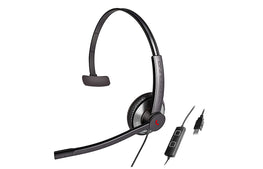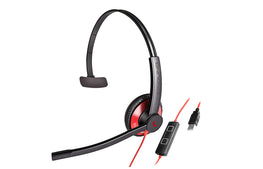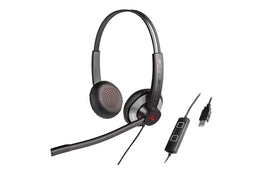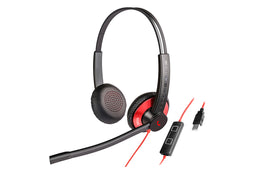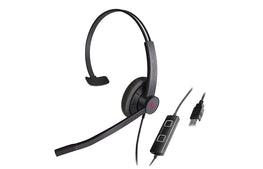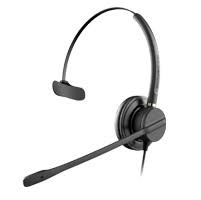
How does Dragon Medical One reduce hospital waiting times?
The new Dragon Medical One cloud voice recognition system is revolutionising hospital and private dictation.
Any medical professional who has worked in the emergency room will be able to confirm that time is of the essence when it comes to responding to patient needs. No matter where it ranks on the triage scale, every case that is left waiting strains the hospital's resources.
However, medical professionals are increasingly relying on voice recognition software to reduce waiting times.
In fact, a recent study carried out by Australian researchers and published in e-health journal JMIR found that using the Dragon Medical One for speech recognition improved information flow significantly.
The paper also suggests that speech-to-text is an effective way to expedite the diagnosis process and significantly reduce treatment times.
Similar sentiments were echoed by healthcare professionals in a medical conference held in the United Kingdom in 2013. The attendees concluded that all practices, however big or small, can benefit from voice recognition.
A doctor's view – why is speech-to-text quicker?
One of the speakers at the event was Dr. Ivan Camphor, a senior partner at the Heatherlands Medical Centre.
According to him, speech-to-text software has completely overhauled the way the clinic operates since they started using it in 2012.
Dr Camphor says writing appointment notes has become significantly quicker.
This essential process of recording notes, which all doctors are required to complete in Australia as well, takes a long time to complete; therefore, impacting waiting times adversely.
"Most GPs use two fingers to type and it takes them forever to do," he elaborated.
By converting patient's speech into a written record, the software makes the procedure efficient and quick.
"I have freedom of talking into something and it would deliver it word perfect into EMIS Web [a software suite widely used in general practice across the UK] and more importantly it would be done with the patient sitting there next to me and they can correct me if I make a mistake," he added.
What does research indicate?
The JMIR study shows that speech recognition makes handovers easier. According to the researchers, the process of completing clinical documentation became much more effective and efficient.
They concluded the technology has the potential to enhance the quality of healthcare.
"This way also improves accessibility and availability of existing documents in clinical judgment, situational-awareness, and decision making," reads the paper.
The research also mentions how slow the process currently is. Information breakdowns in Australian healthcare cause more than a tenth of adverse events that can be avoided. These errors usually happen during a clinical handover. Irrespective of how well the information is verbally communicated, around 67 per cent of it is lost after 3-5 shifts.

